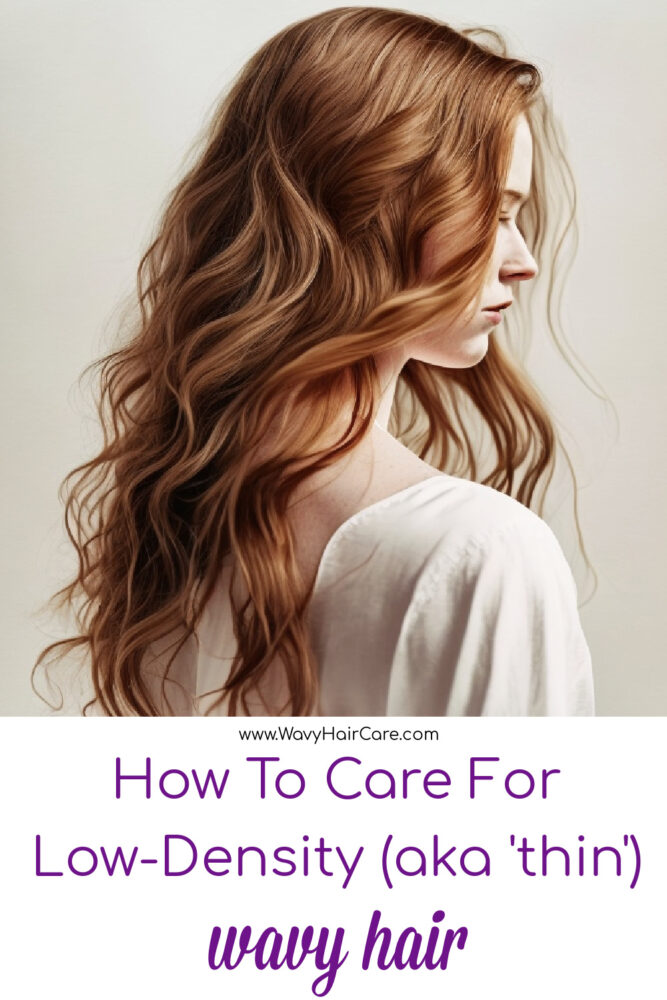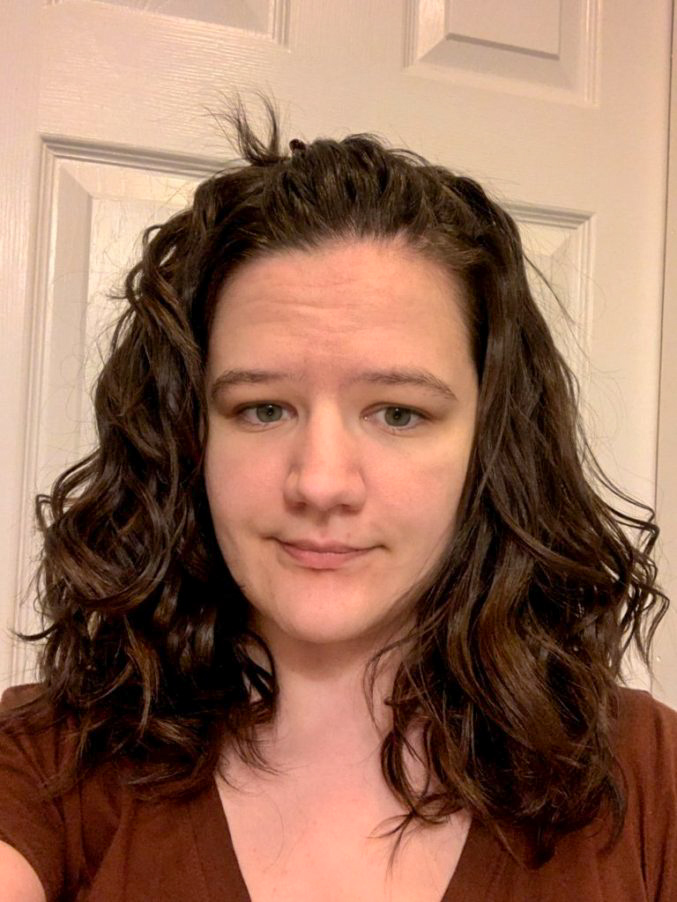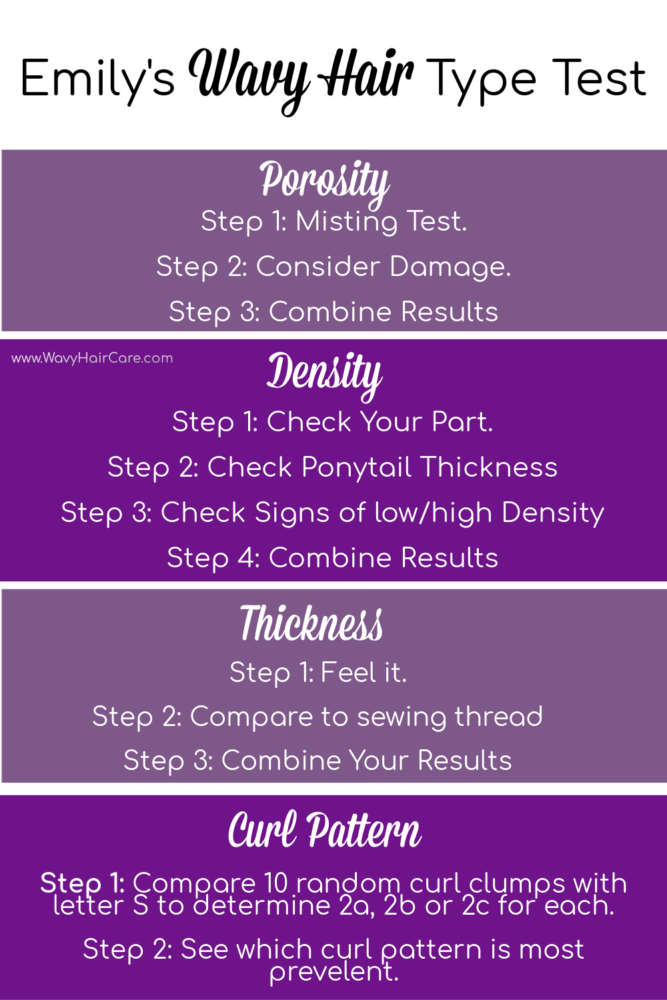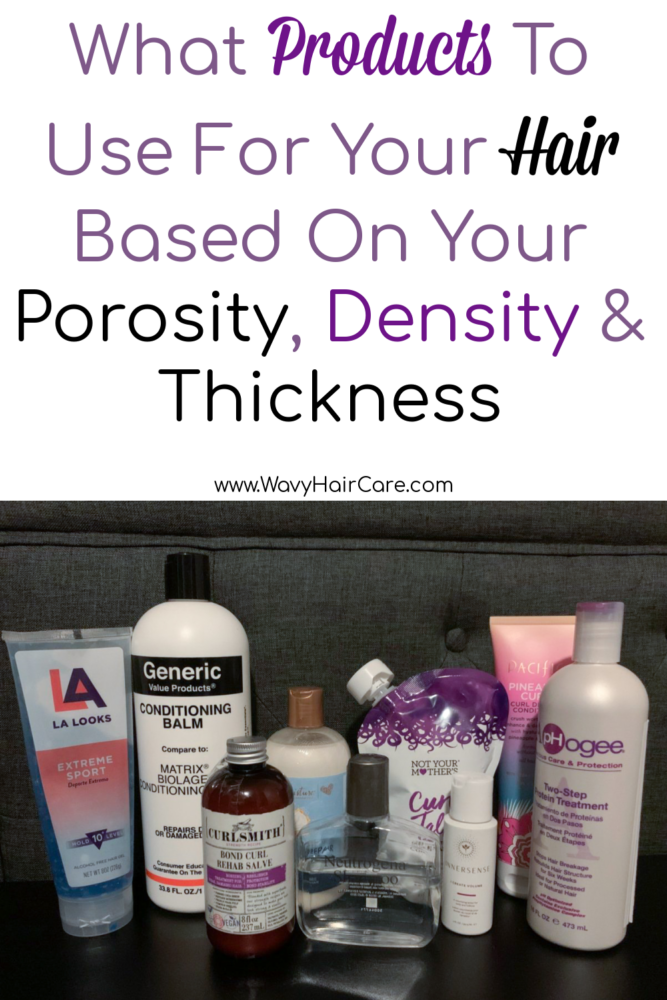What Is Low-Density Wavy Hair?
Hair density refers to how many hairs you have. Someone with low density hair would have fewer hairs per square inch of scalp than someone with medium or high density hair.
What’s The Difference Between Thin Wavy Hair and Fine Wavy Hair?
People often confuse thin hair, fine hair, and low-density hair! Thin hair and low-density hair mean the same thing. So thin hair means someone who has a lower amount of hairs across their scalp than “average”. Where fine wavy hair means that the individual hair strands are not as thick as ‘average’.

How To Tell If You Have Low-Density Hair
Hair density is primarily determined by analyzing how much of your scalp you can see. People with high-density hair can see very little of their scalp even when their hair is wet. People with low-density hair tend to have a wider/more visible part and can see more scalp when their hair is wet.
Another way to estimate your hair density is to look at your ponytail circumference. I have a blog post that goes into detail about how to determine your wavy hair type which covers density.



